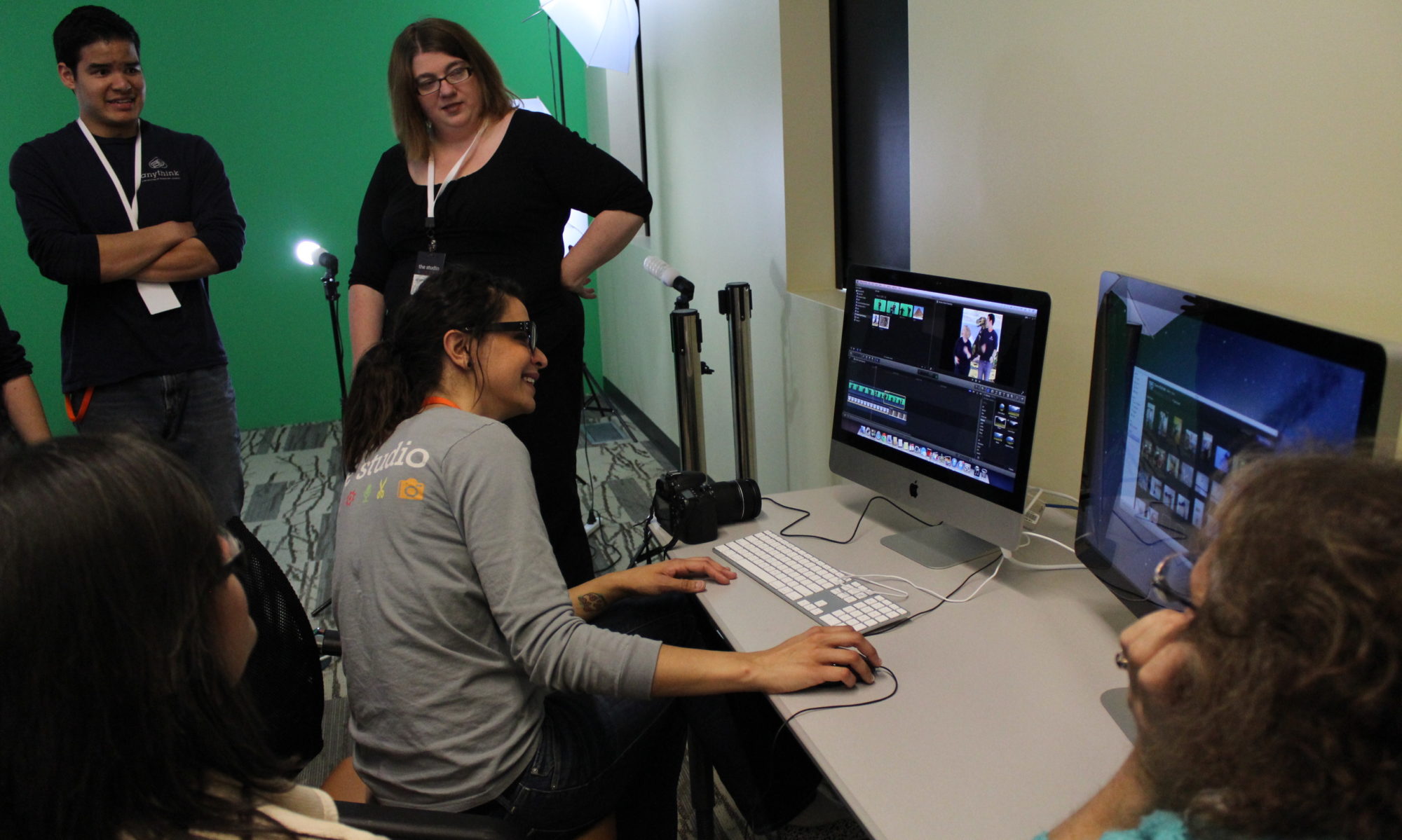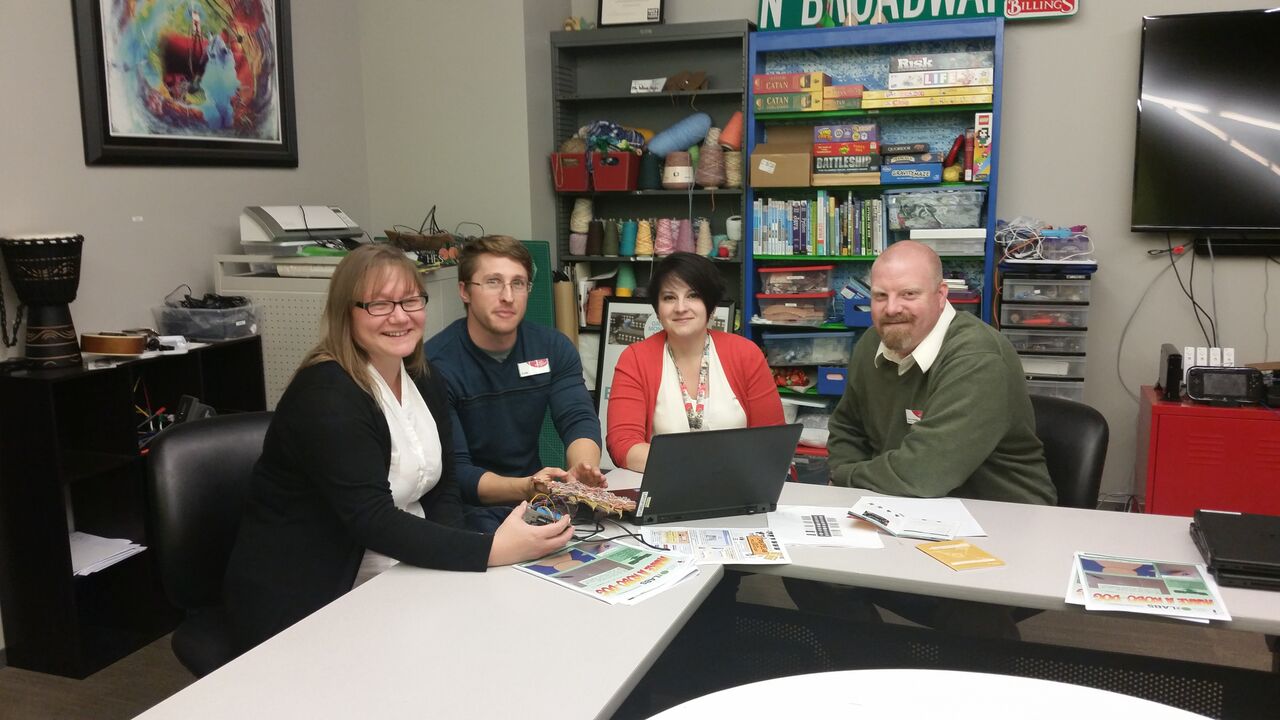By Kathy Robins of T.E.C.H. Lab @ Billings Public Library
Taking on the oversight of a makerspace adds new dimensions to the responsibilities of anyone who is charged with the task. Billings Public Library shifted responsibilities for managing their popular T.E.C.H. Lab from the IT manager to the library’s Assistant Director. How did we ensure that new management understood the goals of the space, the role the space plays in the larger organization, and the needs the space fulfills in the community? How did we transfer the enthusiasm for the project along with the responsibilities?
Administrative buy-in for a makerspace may be strong at its inception; but what happens when new managers arrive at the organization? In many makerspaces, the start-up idea may have been approved by upper management, but can that be sustained when new managers arrive? How can they understand the value of the work in the space? Management must ensure there is a reasonable budget, adequate staff, marketing, webpages, public presentations and time for staff development. Hands-on attention from management is critical, especially in the areas of community partnerships, goal-setting, funding, staff scheduling and professional development opportunities.
In the fall of 2015, a new Assistant Director arrived at Billings Public Library. One of his responsibilities was oversight of all public service staff and programming – including the TECH Lab, which had been successfully operational for 20 months. His background as a branch manager in a large library system did not include experience with a makerspace or digital learning lab. If our space was to survive and grow, it was vital that he become familiar, not only with day-to-day activities, but how the lab fits into the larger picture of youth development.
In our case, an opportunity presented itself when a national organization we were affiliated with (the YOUMedia Network) met for a conference in January, 2016 in Austin, Texas. We had funding from the National Writing Project for two staff members to attend the conference – the new Teen Services Librarian and the IT Manager, who had been involved with the lab since start-up. The IT Manager lobbied the Library Director for additional funds from the library budget to send a third person – the new Assistant Director. The conference allowed the Assistant Director to learn about the ideals behind teen digital learning labs and the strength of this vibrant national community. That experience put him on board with the value of the space in meeting the wants and needs of teens. During the conference, the IT Manager, Teen Services Librarian and Assistant Director were able to meet together several times to discuss strengthening services in our particular community. Orienting the Assistant Director in the context of the conference was a particularly valuable opportunity – one in which we were fortunate to be participants.
After returning home, the Assistant Director shared with the rest of the Billings Public Library management staff:
”I am totally on-board with our efforts in the TECH Lab. The conference showed me that we are moving in the right direction. I now understand how our connections with local partners and a national network of digital media labs enhance what we offer to all teens in our community. We have local support as well as idea-sharing with an innovative national association.”
Not all new management orientations will come with such a serendipitous opportunity to participate in an off-site conference. However, there are steps that makerspaces can take in the orientation of new management to communicate the value of the work done in the space. It is vital that key staff who have been involved with the project continue to advocate for the makerspace and encourage participation and investment from new managers. Invite them in to view the space to test out the equipment. Plan a staff development activity in the space and include management. Share significant statistics and stories to show how the space furthers the strategic initiatives of the whole organization.


